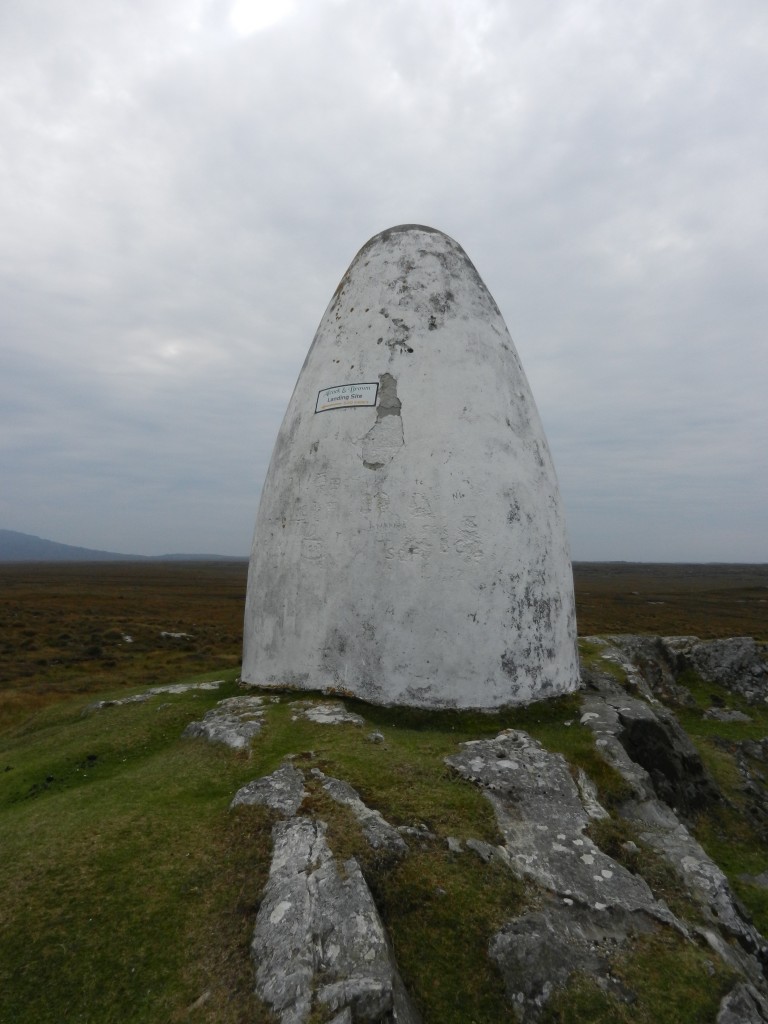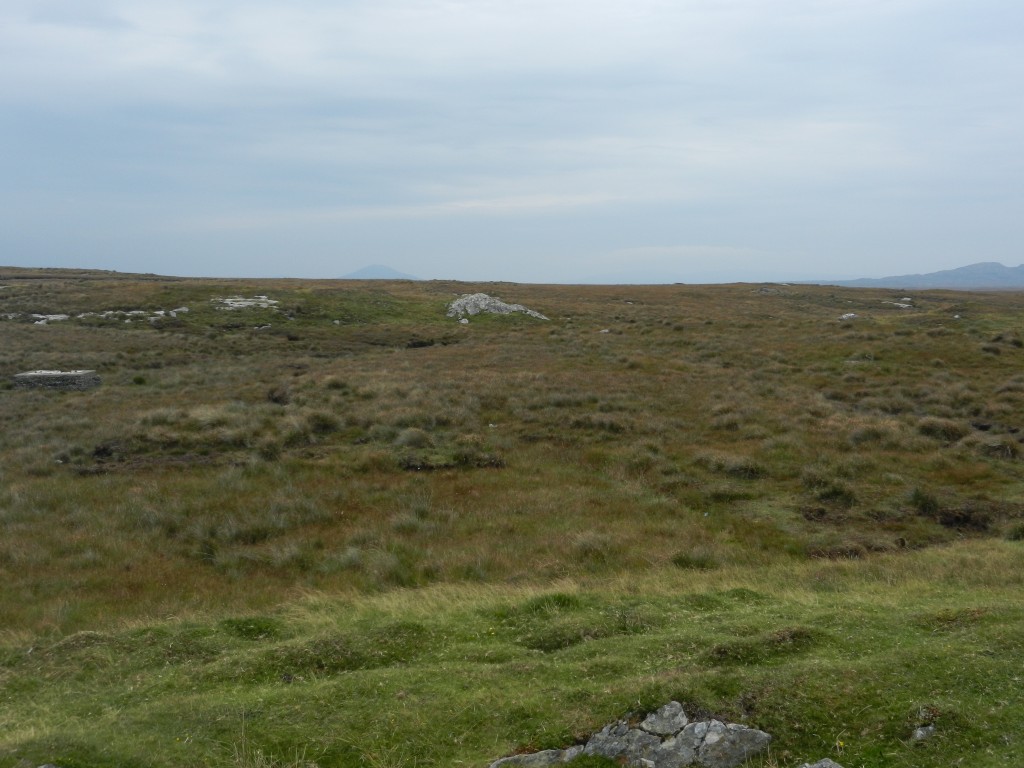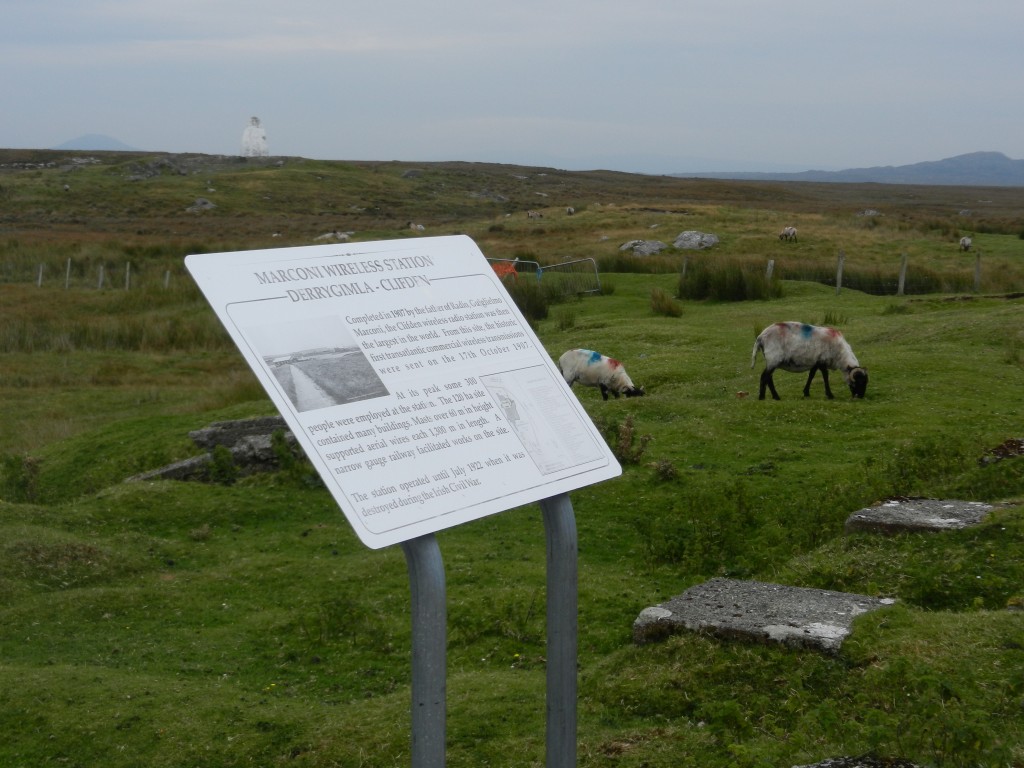Ovine ovation for fading fragments of history

I love it when parts of our travel path story connect up. And given we’re flying to New York the day after tomorrow, our visit today put an interesting perspective on what was to come.
We were originally going to spend today in Dublin, but we love the house and the area we’re in so much we’ve arranged to spend an extra day here. In a moment of Irish hospitality, absolutely unheard of in the mercenary world of holiday-rentals, the owner not only happily let us stay an extra day but insisted on us not paying any extra. Lovely place Ireland.
Anyway, we’ll be flying to New York on Saturday on a regular flight that’ll take about seven hours and is as everyday as catching a bus. Ninety-two years ago in very different circumstances two young gentlemen named Alcock and Brown made the first non-stop trans-Atlantic flight and landed in a bog just South of here. They didn’t mean to land in a bog, they thought it was a field, but that mistake meant that their record-setting flight came to a nose-down end in a sea of mud.

It wasn’t completely by chance that they landed only 500m away from another trans-Atlantic first – the Marconi radio station that sent the first messages from Europe to North America. This was no little amateur operation – at its height about 400 people worked at the station at any one time. One of those people, in another nice connection with one of our interests, was the radio operator on the Titanic.

Today the site of these two fairly significant events is marked by some concrete ruins, a peculiar egg-shaped cairn and a herd of sheep. It’s only accessible down a tiny, poorly marked road full of potholes which you venture down praying that you won’t find another visitor coming the other way. It’s a windswept, desolate place that seems to sadly underrate a significant part of history. The level of bravery involved in flying a flimsy, open-cockpit, bi-plane plane across the Atlantic is hard to comprehend in this age of quotidian plane-travel. And the cleverness of trans-Atlantic telegraph seems so trivial when compared to our ubiquitous mobile-phone connection. But these ground-breaking things should not be so easily forgotten or neglected.
I did wonder whether I was over-rating the significance of a bog where a plane crashed and some ruins of a telegraph station. But it’s not just that. A little bit of research reveals that one of the propellers from Alcock and Brown’s plane ended up in a museum; the other acts as the ceiling fan in an Italian restaurant in Cork…